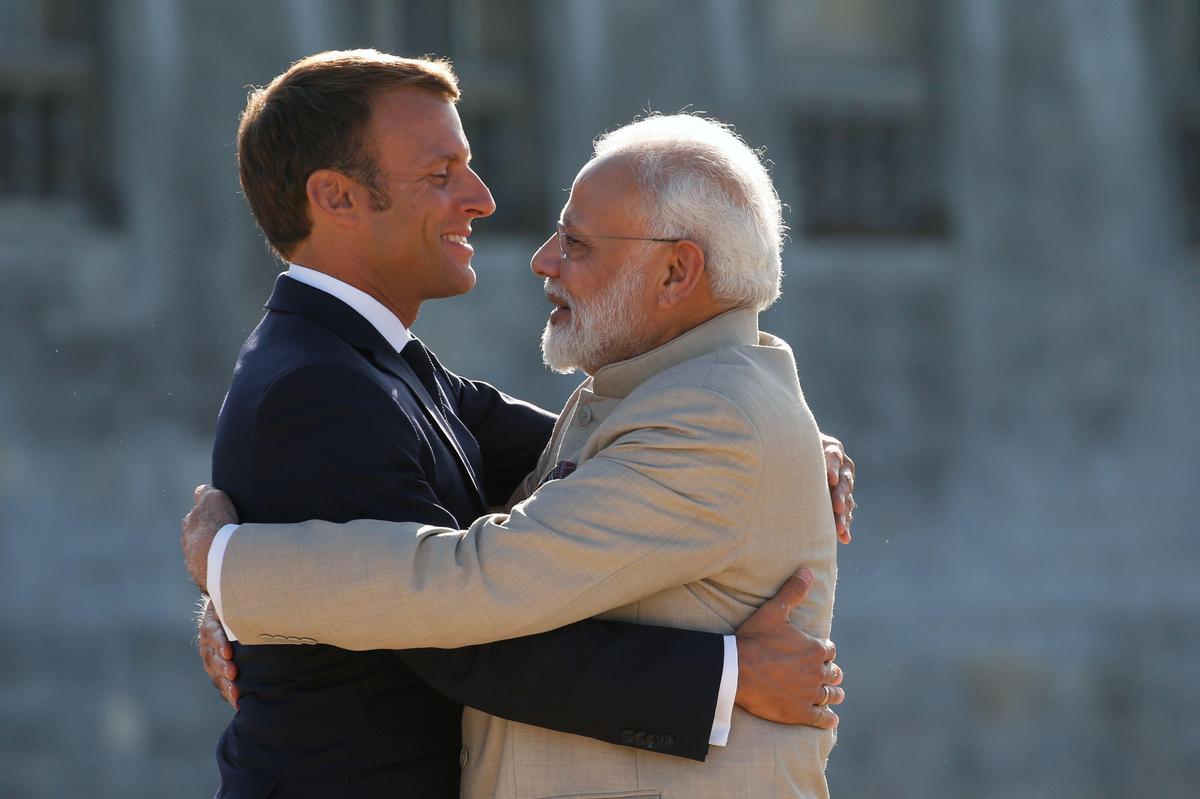Hotter, more often, earlier and later. The multiplication of heat waves like the one currently engulfing much of Western Europe or the one that hit India in March-April are clear signs of climate change, scientists explain.
Globally, the years since 2015 have been the hottest on record. And timely heatwaves are multiplying worldwide, with a procession of catastrophic consequences, droughts, fires, and of course loss of human life.
How is the current heatwave human error?
“Every heatwave we know of has become hotter and more frequent due to human-caused climate change,” said Friederike Otto, of the Grantham Institute at Imperial College London.
“This is pure physics: we know how greenhouse gas molecules behave. We know there is more in the atmosphere, the warmer the atmosphere. This means that we expect to see more frequent and hotter heatwaves and less frequent and milder winters”, explained during this specialist’s online briefing on the “attribution” of extreme events to climate change. .
The climate cycle has been greatly modified, as Matthieu Sorel, a climatologist at Météo-France, points out that the country’s increasing heatwave – already two years now – will decrease in intensity by 1.5°C. C without the influence of climate change. “We’re headed for an increasingly hot summer, where 35°C will be the norm and 40°C will be regularly reached”.
What are the consequences of a heat wave?
Researchers in a study on the attribution of extreme events, in climate science, have calculated that heat waves of unprecedented intensity and speed that hit India and Pakistan in March-April were made 30 times more likely by climate change.
Or Canada’s extraordinary heatwave in June 2021, which killed more than 500 people at temperatures close to 50°C, would be “nearly impossible” without climate change. Or that warming has added up to 3°C to Europe’s very strong summer heatwave in 2019.
“extreme” heatwave is coming, warming is “catastrophic”
“The increase in frequency, duration and intensity of these events (heat waves) in recent decades is clearly related to observed planetary warming and can be attributed to human activity,” the World Weather Organization said Monday, in a commentary on extreme heat in Western Europe.
And it’s not over yet. According to UN climate experts, extreme heat waves would be 4.1 times more likely to occur at an average global warming of +1.5°C compared to the pre-industrial era. However, this +1.5°C limit is the most ambitious goal of the 2015 Paris accord.
Extreme heat waves will be 5.6 times more likely at +2°C and 9.4 times more likely at +4°C.
But that’s without counting heatwaves or peaks (we’re talking about heatwaves when the temperature exceeds a certain level for several days, including at night): even more intense and less frequent, the number rises to 8.6 times more “chances” of reaching + 1.5°C, 13.9 times at +2°C and… 39.2 times at +4°C!
The planet has risen by almost 1.2°C since the industrial revolution and, according to the United Nations, States’ current commitments, if they are respected, will lead to a “catastrophic” warming of +2.7°C.
Deaths are rising, and “it’s not just people who are vulnerable”
Humans will be increasingly affected by this heat, which can be fatal: 14% of humans will be exposed to the consequences of global warming at least once every five years at +1.5°C but 37% at +2°C , according to the IPCC.
However, “everywhere in the world for which we have data, there is an increased risk of death when we are exposed to high temperatures. (…) And the more extreme these temperatures, the higher the risk,” warns Eunice Lo, of the Cabot Institute for the Environment at the University of Bristol.
And “it’s not only vulnerable people who are at risk of health impacts, even fit and healthy people are at risk”, the specialist said. Until you die, especially from the “wet bulb” effect, when the moisture contained in the hot air prevents the body from sweating and thus releasing its own heat.
Droughts and fires are also increasing
The effects are also damaging to the environment, heatwaves amplifying droughts, favorable grounds for fires, such as those currently engulfing France, Portugal, Spain, Greece or Morocco.
They can also threaten human food. Hit by a heatwave, India, the world’s second-largest wheat producer, imposed a temporary embargo on exports of this cereal, amplifying the crisis sparked by Russia’s invasion of Ukraine.

“Twitter junkie. Hipster-friendly bacon expert. Beer ninja. Reader. Communicator. Explorer. Passionate alcohol geek.”







